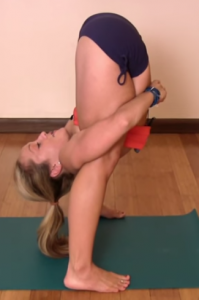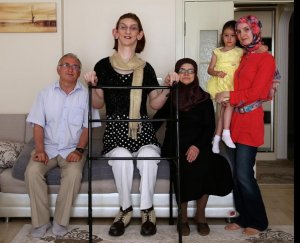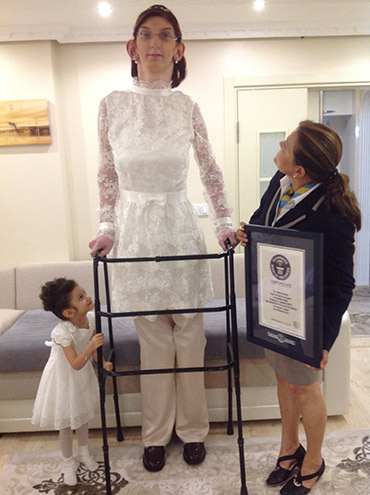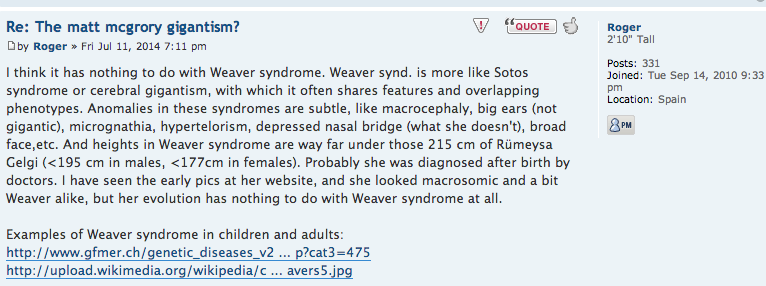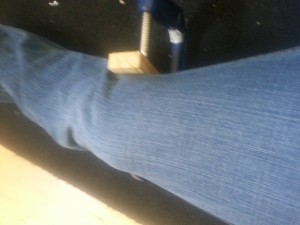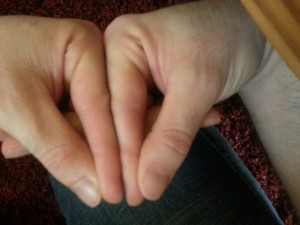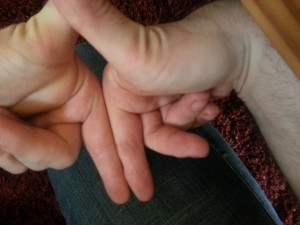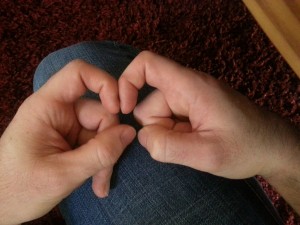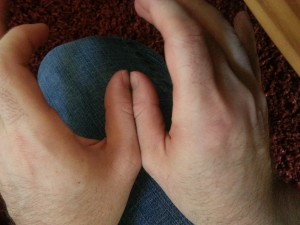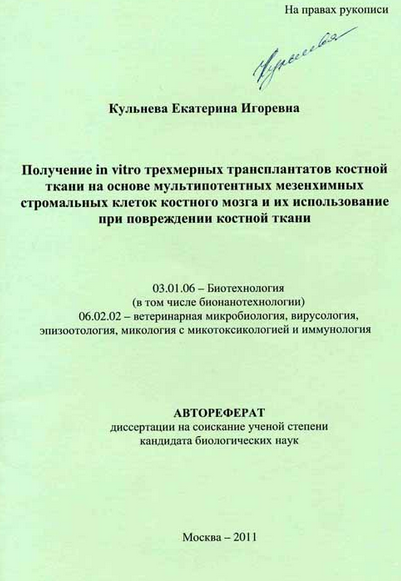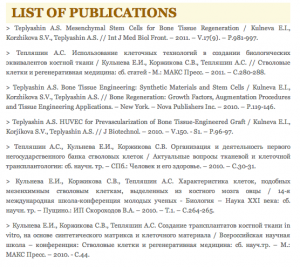Did Dr. Dror Paley Get Paid $1 Million By A Rich Middle Easterner For His Services?
I don’t talk about the limb lengthening surgeons as much as some other websites do, like Limb Lengthening Forum or Make Me Taller but there was a thread that I remember reading where someone made the claim that Dr. Paley got in trouble with his previous employers because he was willing to be flown to some country in the Middle East, paid $1,000,000, for his services. (Source: Questions on Dr. Paley’s Legitimacy)
As for his background, he had been working for the Sinai Hospital of Baltimore since 2001. He is originally from Israel, speaks 6 different languages (I assume Hebrew, Arabic, English, French, Spanish,??), who immigrated to Canada, and then transferred to the USA. Back in 1986 (he currently seems to have double citizenship). For training, he was studying in the former Soviet Union and learning about the revolutionary new limb lengthening techniques. He also supposedly studied in Italy. He partnered up with a Dr. John Herzenberg back in 1991 and they ran the Maryland Center for Limb Lengthening until Sinai picked them up in 2001. Based on rumors, apparently the Baltimore clinic kicked him out because he went out of his way to perform for certain very wealthy individuals in the middle east, which might have broken certain types of medical ethics. He was the Director of the Rubin Institute of Advanced Orthopedics at the Sinai Hospital until 2009, and then he went off on his own and opened up the Paley Advanced Limb Lengthening Institute. If there is one point in time when he did get in trouble, it would have been in 2008-2009. The new place is located at St. Mary’s Hospital in West Palm Beach, Florida.
I am not surprised with this type of claim, and I am completely willing to accept that such a claim can be valid. In the curriculum vitae of Paley, it does show that he has spent quite a bit of time in the Middle East, Bahrain, and Saudi Arabia.
In one of the sources linked, it seems that over the years, Paley stopped giving psychological tests for dwarves and teenagers. more than a decade ago, there seemed to have been a lot of conflict between Paley and a orthopedic surgeon at John’s Hopkins University, a Dr. Ain who is an achondroplasiatic dwarf himself, who did not believe in LLS. This might mean that Paley began to become more lax over the requirements to get his services more than a decade ago.
So did Paley do something wrong and sell his services to people who have the money to pay him?
Maybe, Maybe Not, but it seems that based on his incredibly long professional record, no one is rejecting him based on his skills and qualifications.
Here are some sources which mention his name in the past 15 years or so (http://articles.baltimoresun.com/2002-09-02/news/0209020051_1_university-of-maryland-laramie-project-college-park). It shows how much this surgeon can change the human body, by lengthening it over 1 feet. Of course, with achondroplasia dwarves, bone lengthenings of over 1 feet is actually kind of common. (refer to story on Tiffanie DiDonato, who added 14 inches to her frame).
Baltimore doctor works wonders
I have been a patient of Dr. Dror Paley’s for four years (“No Summer Break,” Aug. 24). I was born with achondroplasia 16 years ago. When I found out about Dr. Paley, I knew he was my only hope. I have to admit the first consultation I had with Dr. Paley turned into a very long wait. But it was well worth it. I began treatment with Dr. Paley in June 1998, and I am now finished with my lengthening surgeries. Before my surgeries I stood 3 feet 9 inches. Today I am 4 feet 10 1/2 inches tall. Not only did I achieve added height but my lower limbs were straightened as well as my back. Dr. Paley is truly one in a million.
Kristen DeAndrade – Pembroke, Mass.
He might be slightly on the greedy side, but he does his job better than most other surgeons. I don’t understand why since the Mean Salary of Orthopedic Surgeons is already around $550,000 per year. Given his very specialized set of skills and training, he should be pulling in maybe $3-$5 Million a year, pretax. Does an extra million from some secret benefactor mean that he broke some type of ethical code with the people at Maryland?
Back in 2013, one source (http://palmbeachgardens.floridaweekly.com/news/2013-09-19/Healthy_Living/St_Marys_Medical_Center_staff_strengthens_ties_wit.html) revealed that he went to the Bahrain and Saudi Embassies at Washington DC to get more people from Washington DC interested in getting his services.
I find it very interesting that the writer of that source, wrote at the end…
“We wouldn’t have chosen dwarfism for her. If there was a magic pill that would “cure” her of achondroplasia, we’d give it to her. But there isn’t a magic pill. Limb-lengthening is an imperfect solution to a problem that is more the culture’s than hers“
I guess we all have the same type of thoughts. If there was a magic pill, we’d get it. But there is none. If you want to cure your child of say some stunted growth disorder like achondroplasia, paley is still the best option, even if he is extremely expensive, and only secret saudi and middle easterners can pay for his priority and focus.
source: http://www.bostonphoenix.com/boston/news_features/other_stories/multipage/documents/03353628.asp

